Shipping a car to Hawaii
Reindeer Logistics is a trusted resource for shipping cars to or from Hawaii.

Since 1997, we’ve been an industry leader in transporting vehicles to various domestic and international destinations.
Whether you’re moving to Hawaii for personal, professional, or military reasons, we can help ensure your vehicle arrives safely and on time. Our experienced relocation coordinators can answer any questions you have, including the cost, timeline, and delivery details. The first step is to request a free quote from our team or use our easy online quote calculator.
Table of Contents
How to ship your car to Hawaii
The process of shipping a car from the mainland to Hawaii follows a slightly different protocol than shipping a car from Hawaii to the mainland.
Typically, the process is as follows:
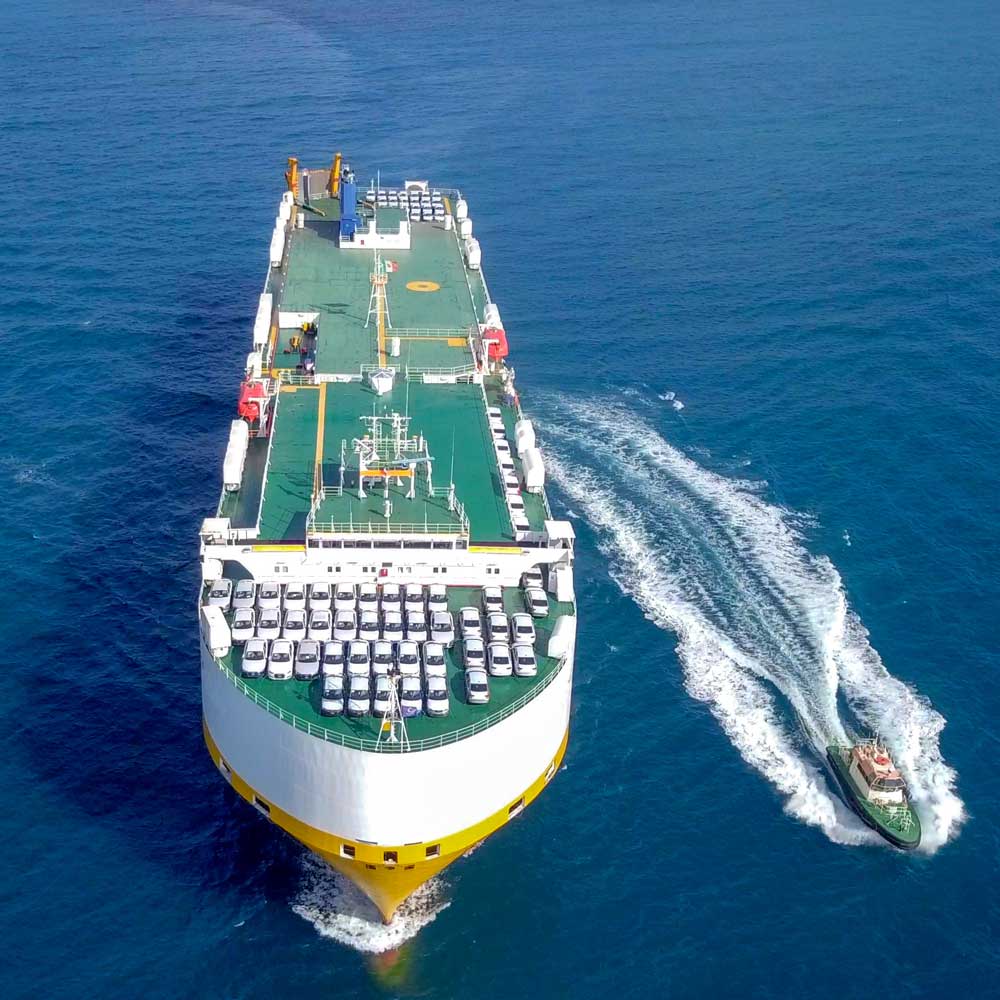
Contact a car transport specialist

The first action is to contact an auto transport specialist at Reindeer Logistics. They’ll help determine what type of transport will work best for your vehicle while managing the paperwork and the pickup details. They can also help with the following details:
- Deciding between open or enclosed vehicle carriers
- Logistics
- Coordinating freight transportation for unusual vehicle or shipment types (e.g. boats, motorcycles, RVs, trailers, etc.)
- Door-to-door service
Arrange ground transportation
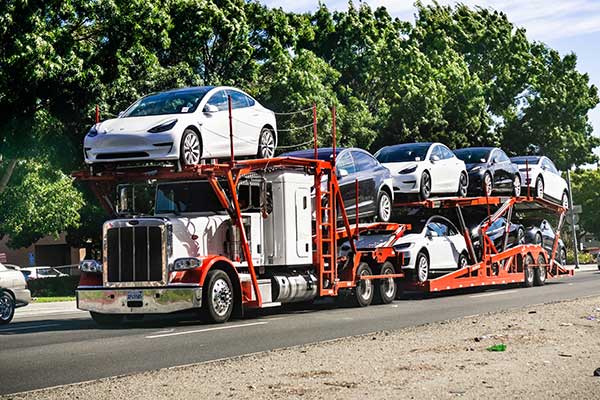
Reindeer will arrange to have your car loaded onto a trailer and transported to one of the ports located on the West Coast.
These ports include:
- Long Beach, CA
- Oakland, CA
- San Diego, CA
Contact a relocation specialist
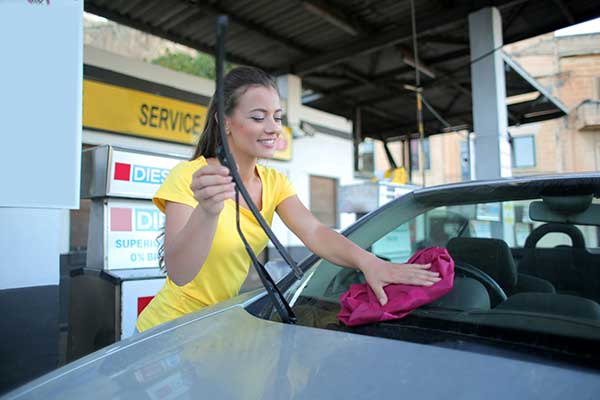
You do not need any vehicle documents to ship to Hawaii. However, it is important to ensure the vehicle is ready prior to pick-up. Listed below are some of the vehicle requirements.
- The vehicle’s glass surfaces cannot have any chips or cracks in them.
- Your vehicle’s fuel tank must be at ¼ tank or less.
- The inside and outside of your vehicle must be clean upon release.
- For electric vehicles, the battery must be charged between 45% and 65% when you release it into our care.
Arrange pick up
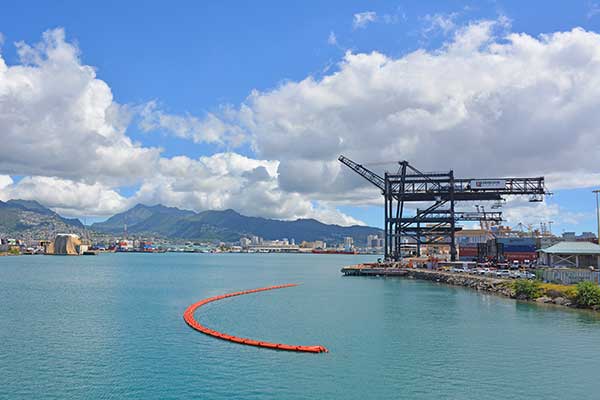
Once your vehicle arrives at the port, your vehicle will be transferred onto a boat and shipped across the Pacific Ocean to the Hawaiian port of your choice.
These ports include:
- Honolulu – Oahu
- Hilo – Big Island
- Kawaihae – Big Island
- Kahului – Maui
- Nawiliwili – Kauai
Shipping a car from Hawaii to mainland
If you want to ship a car from Hawaii to the mainland, the process is reversed. Your car will be transported to one of the ports listed above where it will then be shipped by boat. Once on the mainland, it will be loaded onto a transport vehicle and delivered to your location of choice.
The one main difference is that the documents below are required when shipping a vehicle from Hawaii.
- A copy of the front and back of your vehicle’s title.*
- A copy of the current registration without a lienholder listed. Expired registrations will not be accepted.
- An active insurance policy certificate. Inactive dates will not be accepted.
- A completed power of attorney (POA), supplied by Reindeer. The POA allows us to transport your vehicle to the port on your behalf.**
*If you do not hold clear title, please send a copy of an authorization letter from your financial institution permitting Reindeer to transport your vehicle. The dates on the letter must be valid for this shipment. Old or outdated letters will not be accepted.
**If there is more than one person listed on the title/registration, both names must appear on the POA exactly as they appear on the title/registration. The POA must be notarized, with the original presented to the driver at the time of pick up, and a copy (showing the notary seal) sent to Reindeer.
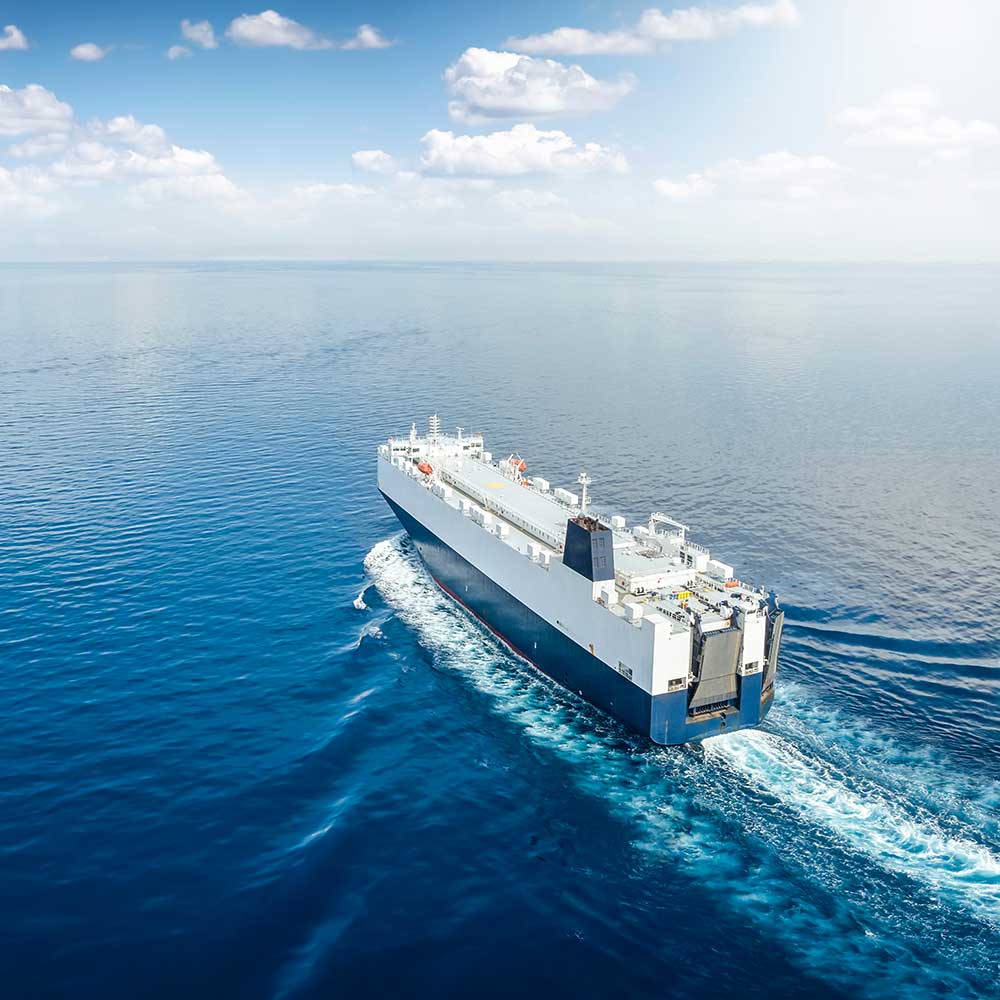
Hawaiian car transport FAQs
After decades of experience shipping cars to and from Hawaii, there’s almost nothing we can’t answer. Below are some commonly asked questions from our customers:
The cost of shipping a car to Hawaii depends on the type/size of the vehicle, the total mileage, the port, where the vehicle is being shipped from, and how quickly you need the vehicle. For a free, detailed estimate, use our online quote tool or contact our team.
The total time of shipping can be anywhere from a few days to a few weeks, depending upon the original location of the vehicle. If your vehicle is far from one of the mainland ports, that will add additional time.
Reindeer Logistics works with the world’s largest network of domestic and international vehicle carriers. Our vehicles are shipped across the ocean to one of the following ports: Honolulu – Oahu; Hilo – Big Island; Kawaihae – Big Island; Kahului – Maui; Nawiliwili – Kauai.
Yes! Hawaii is one of the few states with a base for all branches of the military. Many companies provide military auto shipping services and offer discounts; however, it’s best to your research. Make sure to tell your auto shipper that you are a member of the military and have the proper identification before you book. Often, military discount requirements vary from shipper to shipper.
Luckily, most companies that ship for military members can pick up and deliver at a military base which helps reduce costs. Keep in mind, the transport company must follow military base protocol, and be cleared with the base commander before pickup or delivery at the base.
If your vehicle is unable to be delivered to a military base, your vehicle may be shipped to and from your home or another predetermined location.
When you ship your vehicle with Reindeer Logistics, you are choosing a federally-licensed transportation broker. That means we coordinate auto transport on your behalf with vetted, insured haulers. The carrier contracted by Reindeer is responsible for any insurance or claims costs, subject to limitations.
Reindeer coordinates shipping for large vehicles including vans, motorhomes, RVs, boats, and trailers. Keep in mind that shipping a large car or vehicle to Hawaii can be more costly than standard size automobiles. See our website for a full list of what we ship or speak to our relocation coordinators for an estimate on the cost of shipping a car to Hawaii.
Shipping a non-operational car or collector’s item vehicle can be more costly due to the way that the vehicle will be loaded onto the hauler. Cars that can easily be driven on and off open-air haulers may be less expensive to transport, whereas vehicles that require enclosed shipping to Hawaii may result in additional costs.
If it's got wheels, we move it!
Why choose us
Over 500,000 vehicles moved in the United States, Canada & worldwide.
01
real.
When you work with Reindeer Logistics you will never encounter a maze of computer recordings or an automated telephone system. No matter when you call, you will talk with a real, live person who is trained to guide you through the auto relocation process.
02
personal.
All our customers are assigned a relocation coordinator whose main objective is to anticipate and accommodate your every need. Your coordinator will be dedicated to you from pick up to delivery, ensuring that your car is where you want it, when you want it.
03
service.
Reindeer’s commitment to constant product and service improvement is the ultimate demonstration of our promise of delivery, quality, predictability and status.
Customer testimonials
What our customers say
Privacy Overview
| Cookie | Duration | Description |
|---|---|---|
| cookielawinfo-checbox-analytics | 11 months | This cookie is set by GDPR Cookie Consent plugin. The cookie is used to store the user consent for the cookies in the category "Analytics". |
| cookielawinfo-checbox-functional | 11 months | The cookie is set by GDPR cookie consent to record the user consent for the cookies in the category "Functional". |
| cookielawinfo-checbox-others | 11 months | This cookie is set by GDPR Cookie Consent plugin. The cookie is used to store the user consent for the cookies in the category "Other. |
| cookielawinfo-checkbox-necessary | 11 months | This cookie is set by GDPR Cookie Consent plugin. The cookies is used to store the user consent for the cookies in the category "Necessary". |
| cookielawinfo-checkbox-performance | 11 months | This cookie is set by GDPR Cookie Consent plugin. The cookie is used to store the user consent for the cookies in the category "Performance". |
| viewed_cookie_policy | 11 months | The cookie is set by the GDPR Cookie Consent plugin and is used to store whether or not user has consented to the use of cookies. It does not store any personal data. |